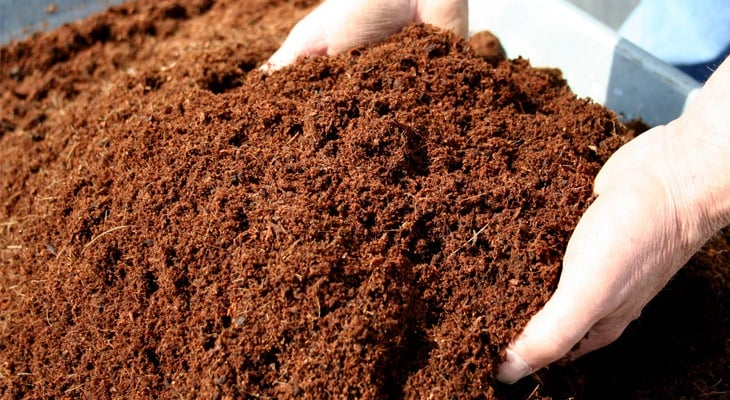
1. Selection of mixer
The scale of the mushroom bag center varies, and a mixer with corresponding volume should be selected.
Mixers have different specifications such as 0.6~18m┬│, which can be divided into hydraulic platform type,
pit type, storage type, and distribution type (vibrating screen or drum screen), which can be selected according
to the site and output configuration. The selection of mixer can be calculated according to the formula: mushroom
bag production per hour x single mushroom bag weight + 470 kg (weight of 1m┬│ wet material) = cubic number.
The mixing system consists of primary mixing and secondary mixing. In the primary mixing, the raw materials are mixed,
and after adding water, they are sent to the secondary mixing by a raw material conveyor. The primary mixing plays the
role of storage, uniform mixing, and water addition, while the secondary mixing plays the role of storage and distribution.
The suitable water content of the culture medium is 64%~66%.
Note: (1) Is the capacity of the mixer sufficient? According to the inner diameter size provided by the manufacturer,
you can calculate the capacity of this mixer by yourself to confirm whether it meets the use standard. It can be calculated
according to the formula: mixing chamber radius x mixing chamber radius x 3.14 x mixing chamber length x 80% = mixer
capacity. (2) Transmission mode of the mixer: divided into direct-connected and split-type. Compared with split-type
transmission, direct-connected transmission has a simple and compact structure, is easy to install, and occupies less space;
it has high transmission efficiency, high stability, low maintenance cost, and reduces the failure rate. Different companies
configure motor power differently. Some pursue mixing volume and mixing speed; some are the opposite, and configure
motor power is small.
2. Dry material mixing
Most Chinese companies use electric forklifts. According to the formula, standard auxiliary material bags such as cottonseed
hulls, corn cobs, bran, and corn flour are placed on the top surface of the mixer. Relying on manual labor, the bag mouth is
cut and directly put into the mixing barrel. First, dry mix and stir for 5 to 10 minutes.
3. Wet material mixing
Then start the water adding device (flow meter), enter the empirical water adding data, and add water while stirring. It takes
10 to 15 minutes. After the end, add fermented and pre-wetted sawdust and continue stirring for 28 to 55 minutes. Note:
Common mixers are available in different sizes such as 4m┬│, 8m┬│, and 18m┬│. The 18m┬│ mixer has a single spiral structure
and a slow speed. The mixing time for a single pot of material is about 1 hour. Its advantages: 4600 bags (0.7 kg of wet material)
can be filled in each pot of culture material (load 65%). The 8m┬│ mixer has a double spiral structure, a fast speed and is easy to
mix evenly. The mixing time for a single pot of material is 28 minutes. Its advantages: fast and even mixing. Each pot of culture
material (load 65%) can be filled with 2300 bags (0.7 kg of wet material). The 18m┬│ mixer is very large, and the mixing time must be
increased to mix the material evenly. Extract the mixed material from the mixer barrel, use a moisture tester to measure the moisture,
pH value and other data, and after meeting the technical standards, open the mixer barrel door and send the material to the filler.
Moisture content test of cultivation material: In addition to a special moisture tester, a microwave oven can also be used as an
auxiliary tool. The specific steps are as follows: Calculate: 1-(552.8-549.2)/10=64(%)
A microwave oven can be used instead of a moisture meter. Use an electronic scale to weigh the net weight of the ceramic dish,
add 10 grams of culture medium, and put it in the microwave oven. Set the microwave oven to medium heat and run for 2-3 minutes.
After taking it out, adjust the position of the culture medium and bake it for another 1-2 minutes. After baking, weigh and record the data.
To ensure the accuracy of the data, you can bake it again and weigh it again. If the data is stable, deduct the net weight of the ceramic
dish, and the remainder is the dry weight of the culture medium. Assuming the measured weight is 3.6 grams, the water content is 64%.
Repeated measurements make perfect. Avoid burnt smells during testing to prevent bound water from precipitating.








